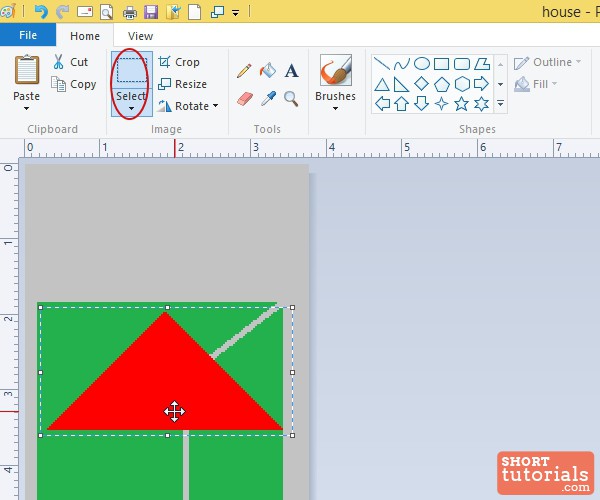

If you’re unsure about how to do this then check out the tutorial I made about sizing your artwork to the artboard with Illustrator.Īfter you have removed the white background from your image and placed a new artboard around it, it’s time to export your work. Then you can delete the original artboard.

Grab the Artboard Tool (keyboard shortcut: shift + o) then click on your image twice to create a new artboard around it, but make sure to move your image off of the original artboard and into the gray area first. Now that you’ve cropped the subject of your image from your background, it’s time to export your finished work. You can undo this at any point by navigating to Object > Clipping Mask > Release. You can even move the image off of the artboard to see the gray background of Illustrator showing through. This will effectively remove the white background from your image. To make your clipping mask, select both your object and the image and navigate to Object > Clipping Mask > Make. It can be undone at any point in the future if you so desire. You can use your object to grab only the portion of the image that the object occupies.Īn added benefit of using this approach is that it’s not permanent. Think of your object as the cookie cutter and your image is the dough.

In order to remove a white background with Adobe Illustrator, we’re technically not going to remove the background we’re simply going to extract the subject from the photo by making a clipping mask.Ī clipping mask sort of works the same way a cookie cutter works. If you’re not familiar with the Pen Tool yet, make sure to check out a tutorial I recently made on how to use the Pen Tool. To create this object I used the Pen Tool and drew it manually. The green object will be used as a clipping mask and everything outside of it (the white background) will become transparent.


 0 kommentar(er)
0 kommentar(er)
